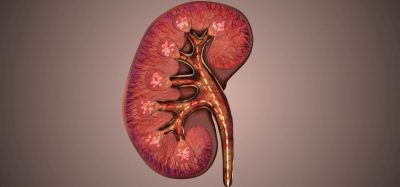VSASL imaging can detect placental perfusion abnormalities in foetal CHD
Posted: 8 January 2018 | Dr Zara Kassam (European Pharmaceutical Review) | No comments yet
Powerful MRI technique shows blood flow complications before placenta damage is consolidated…


In pregnancies complicated by foetal congenital heart disease (CHD), global placental perfusion was significantly decreased and regional variation of placental perfusion significantly increased as pregnancies progressed, findings that point to non-invasive imaging providing an early warning of placental dysfunction. A Children’s National Health System research team is thought to be the first to report non-invasive, whole placenta perfusion imaging in utero.
The research team led by Dr Catherine Limperopoulos enrolled 48 pregnant women who underwent at least one foetal magnetic resonance imaging (MRI) session during their second or third trimester of pregnancy. Thirty-one of the women were healthy volunteers whose mean gestational age was 30 weeks (range: 21 to 39 gestational weeks). Seventeen women were pregnant with fetuses diagnosed with CHD whose mean gestational age was 32 weeks (range: 22 to 38 gestational weeks).
The researchers used velocity-selective arterial spin labelling (VSASL), a powerful MRI technique that directly measures the rate of delivery of arterial blood to organs like the brain. ASL tracks water molecules within the blood as blood flows through arteries, eliminating the need to use a contrast agent. The team was able to distinguish the placenta perfusion contributions by the fetus and the mother.
“In pregnancies complicated by foetal CHD, global placental perfusion significantly decreased and regional variation of placental perfusion significantly increased with advancing gestational age,” says Dr Zungho Zun, the study’s lead author.
“Just like the human brain, heart and kidneys–organs that can commandeer heightened blood flow when needed–the placenta may employ an auto-regulatory mechanism to optimise perfusion,” adds Dr Limperopoulos, director of Children’s Developing Brain Research Laboratory and the study’s senior author. “The early increased global placental profusion in pregnancies complicated by CHD may represent an attempt to correct for insufficient foetal blood flow.”
The research team writes that the findings demonstrate that placental dysfunction due to CHD can be apparent as early as the second trimester of pregnancy using this imaging technology.
“The predictive value of VSASL imaging, which we continue to study, holds the promise of detecting dysfunction before placental abnormalities become irreversible,” Dr Limperopoulos says.
The study has been published in Scientific Reports.









